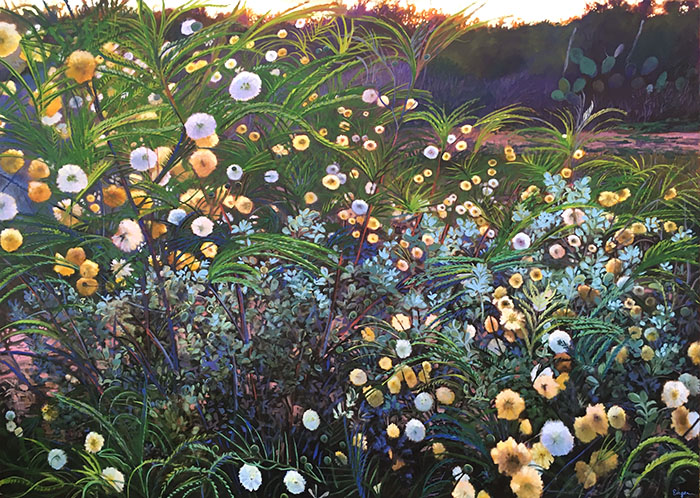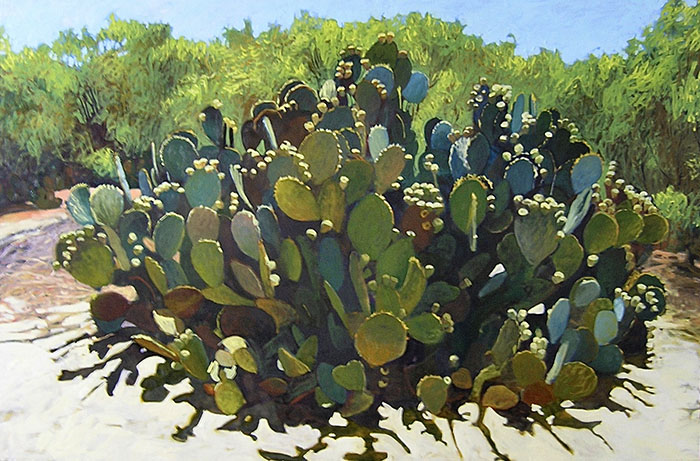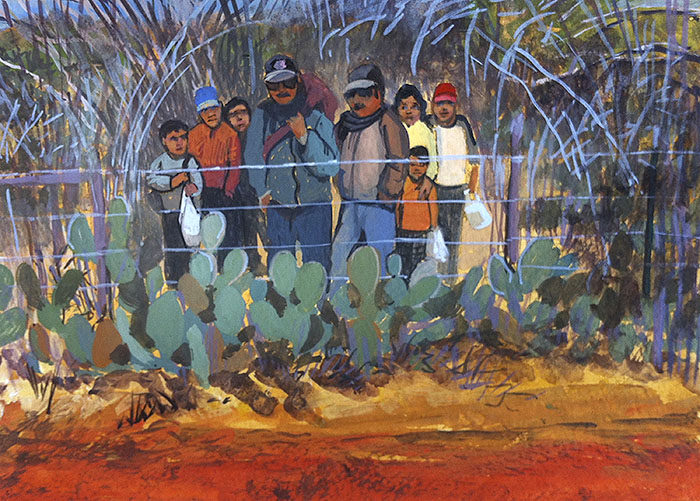South Texas Passage


Living on the land forty miles from the Rio Grande is a daily personal relationship with nature that goes beyond environmental or recreational tourism. For many, this type of brief, albeit intense, exposure to a non-urban environment is the only remaining means of interpreting nature.
You could say social distancing was a choice I made 40 years ago. My husband and I learned how to prepare for prolonged drought and what to store in advance for tropical storms that locked us in on five miles of flooded, unpaved roads. We chose two professions that we could pursue from home, both renowned for their lack of consistent income, and we learned to make do and live without. We stayed alert for natural life-threatening creatures and situations: rabies epidemics in the coyote population, rattlesnakes, and violent storms; and other creatures not so threatening: scorpions, gigantic centipedes, and humans afoot. My husband and I were ready for the pandemic lockdown when it came.

My early work documented the narrative of our peculiar lives, so distant and strange compared to the lives of our urban friends and families. As I became less nimble, my role as part time rancher, parent and artist was pared down to mostly artist, with a ten-year parenthesis as professor of art with a 100-mile commute.
Always, it has been the cushion of the slowly revolving seasons and the impartial environment that provided emotional relief during the hard times then, and the hardest times yet to come. Nothing could have prepared any of us for a half a million dead. I turned my focus to micro environments, botanicals and anthills as a way of averting my glance from the chaos without. These small paintings with large themes, like a book of hours, are tenuous representations of my contemplative speculation. For thousands of years, humans have lived on and passed through this land, searching for sustenance, better lives, safety, control—to improve, and to protect their families. I ask myself, "What would compel me to strike out from my home and walk fifty miles or more across a desert? What circumstances would lead me to such trials, to risk so much?" We might all do well to ask ourselves these questions.


Janet Eager Krueger grew up in San Antonio, Texas. She obtained her BFA in art history from the University of Texas at Austin in 1975, and her MFA in painting from UTSA in 1998. She was an Associate Professor of Art at Texas A&M International University in Laredo until her retirement in 2008. Her work resides in many private and corporate collections. She was awarded a federal commission for a series of tile walls at the Pedestrian Pass Through Facility at the International Bridge in Laredo and is one of thirty Centennial Artists chosen to represent three state parks for the centennial celebration of the State Parks and Wildlife Department in 2022. She is married to rancher George Krueger, and has lived with him on his family's ranch near Encinal, Texas, for forty-two years.